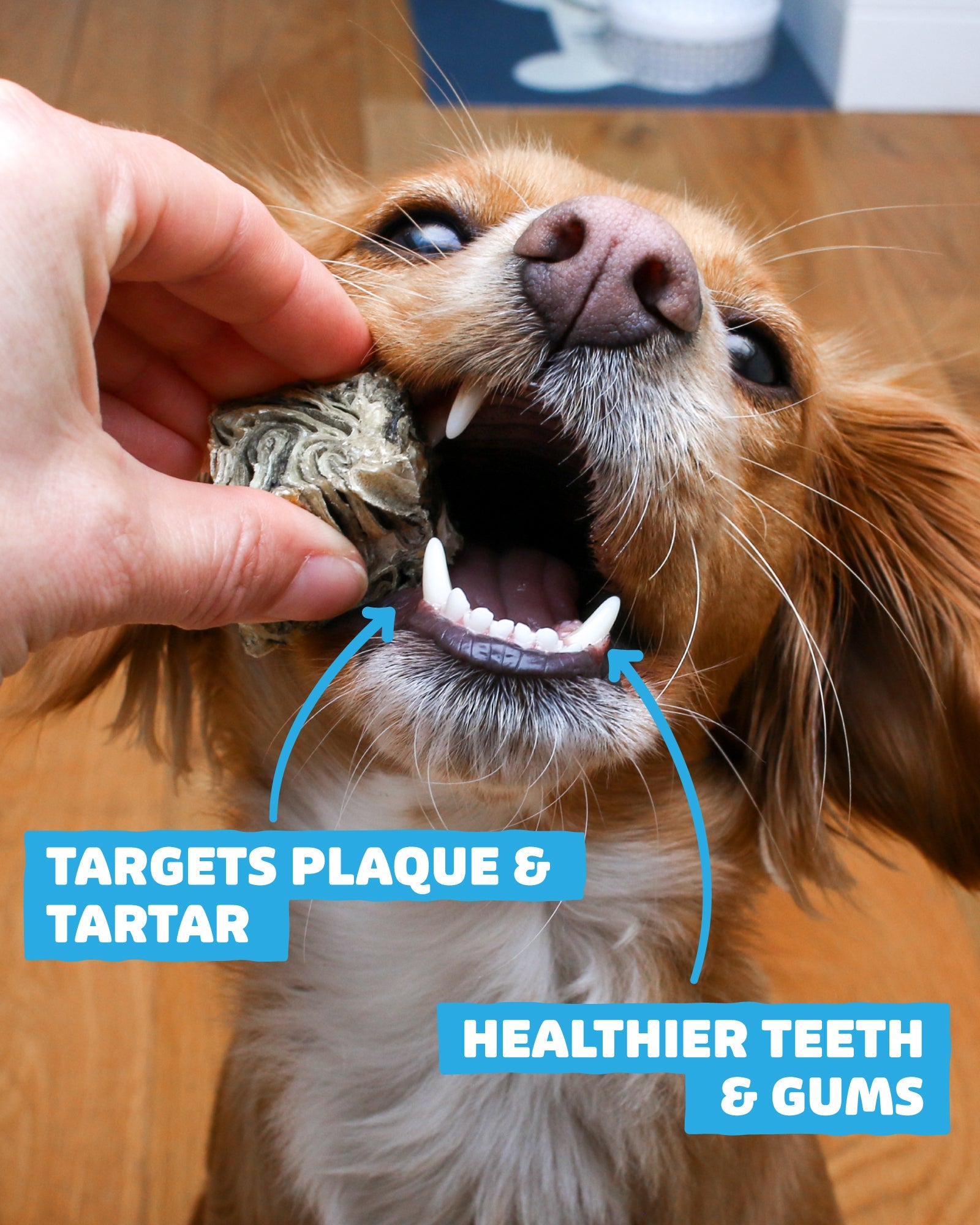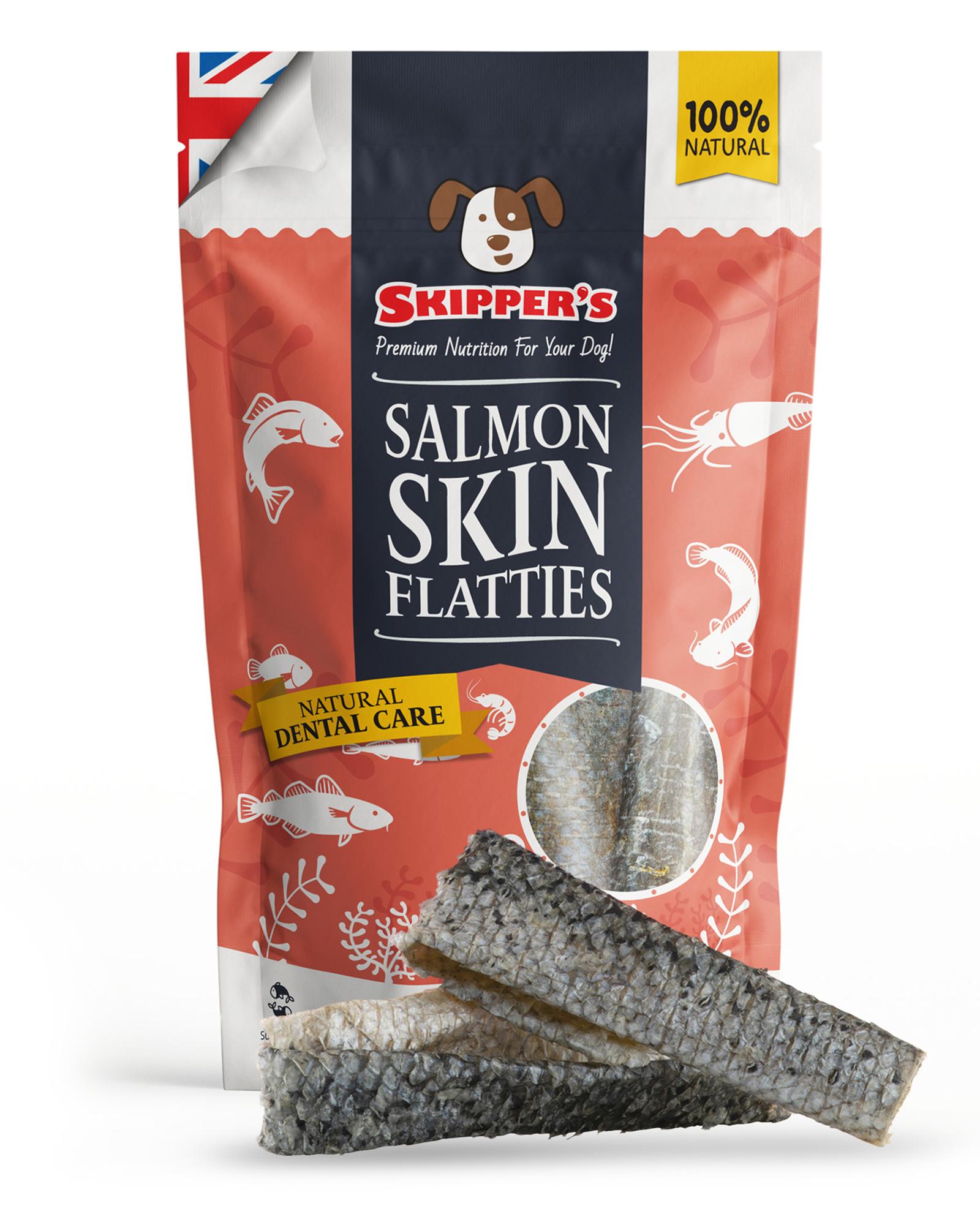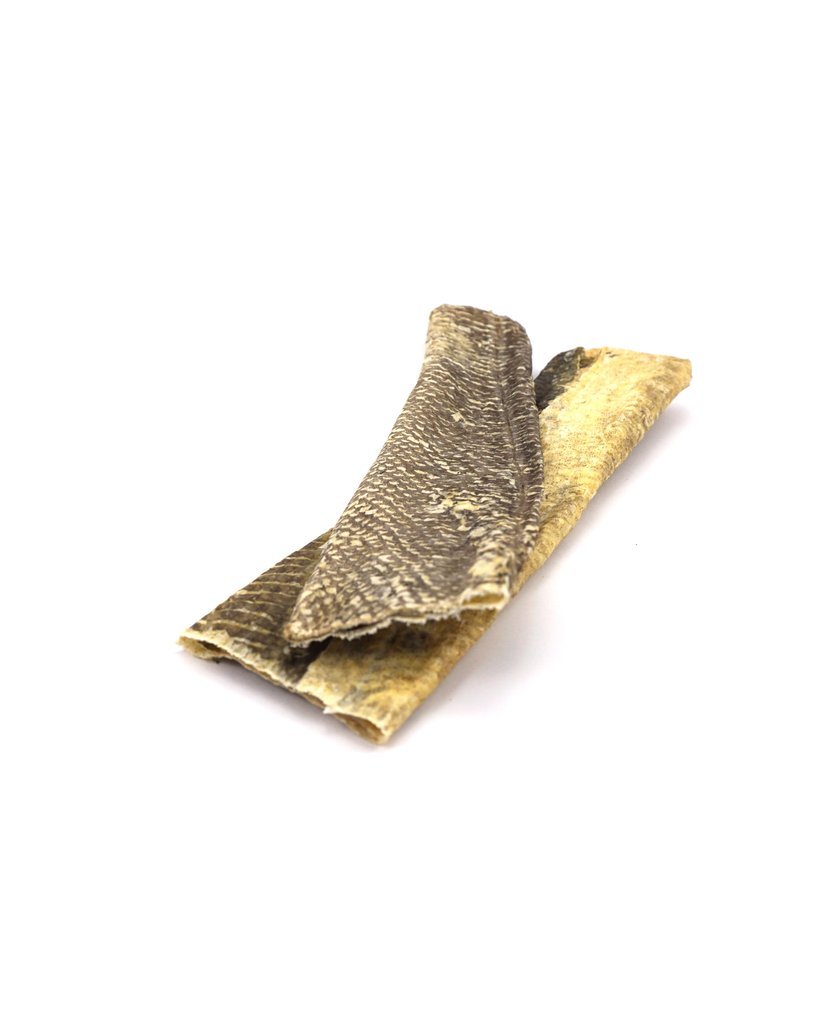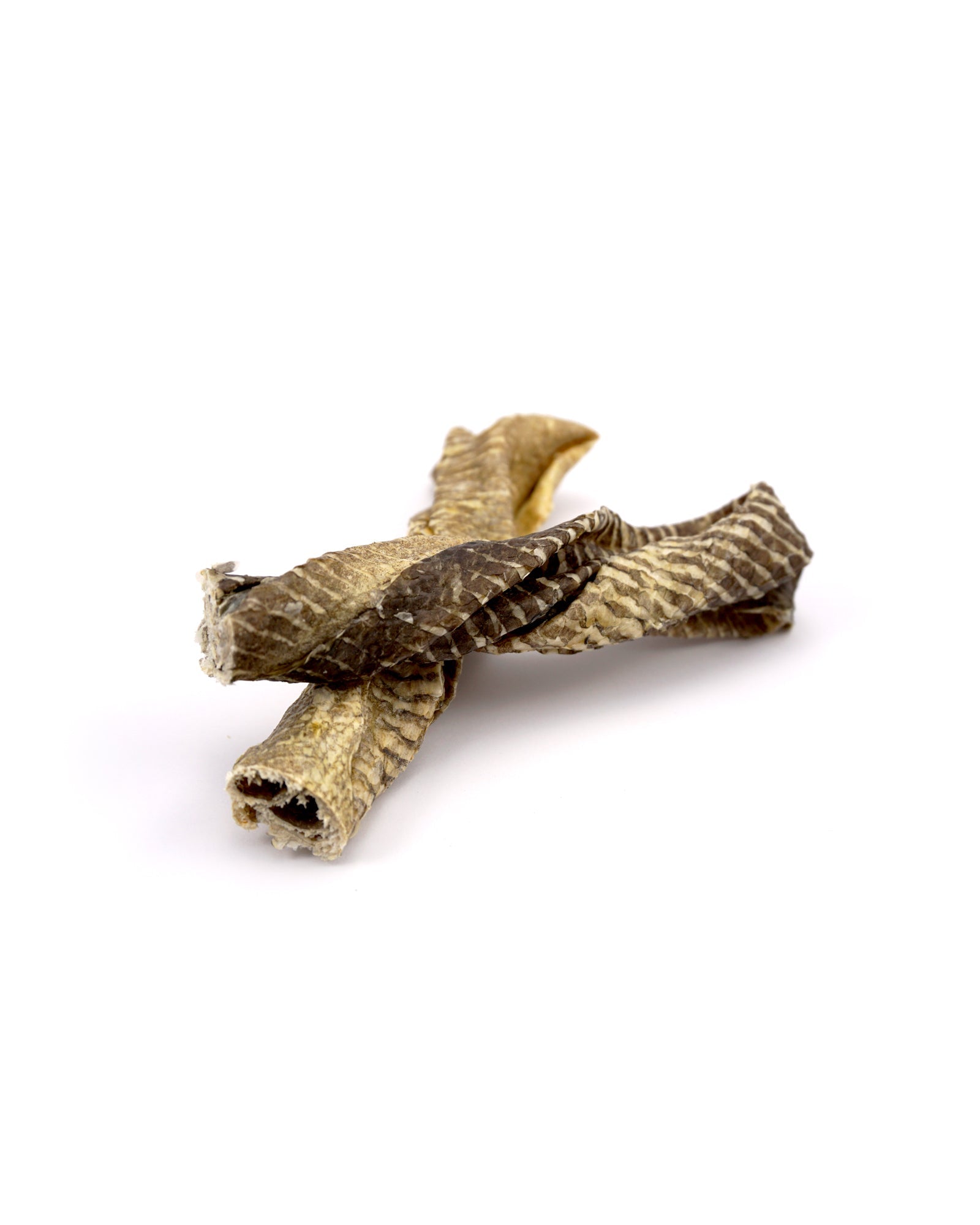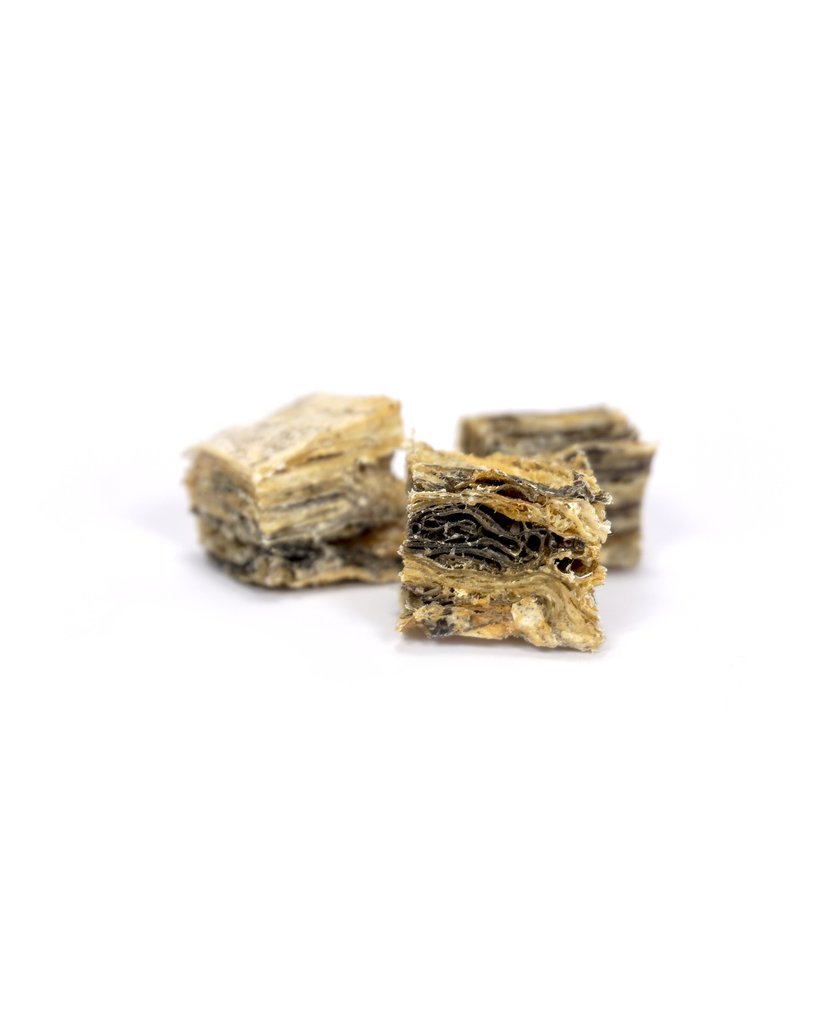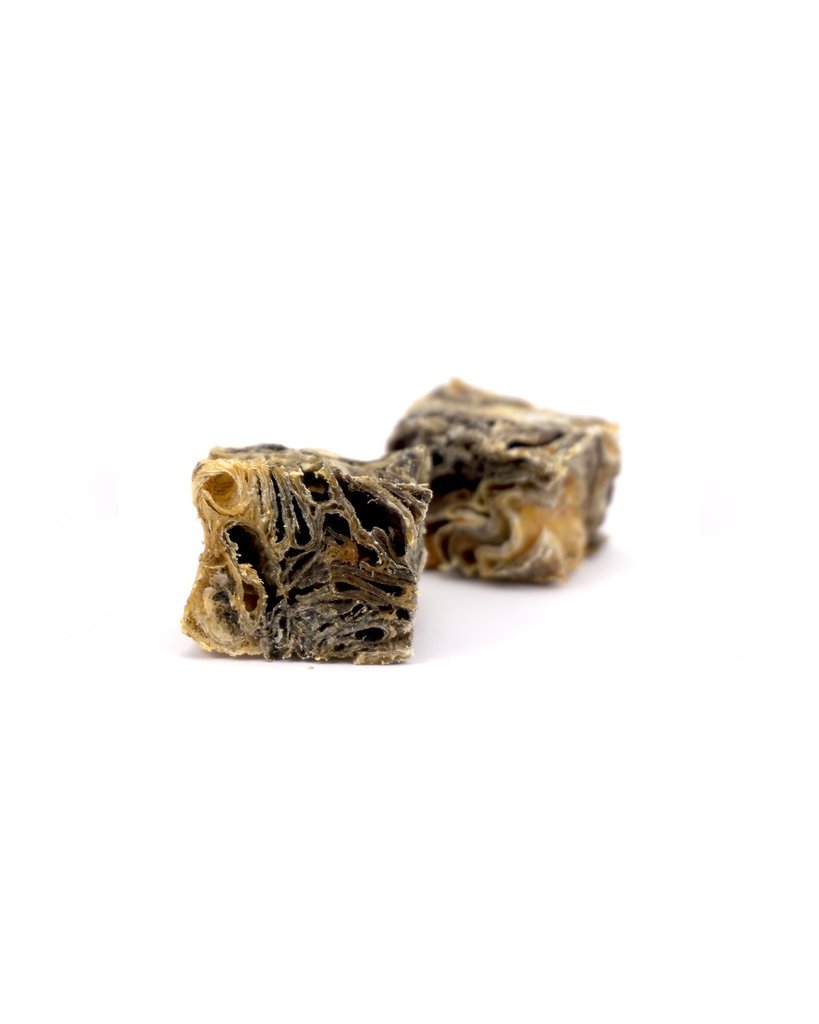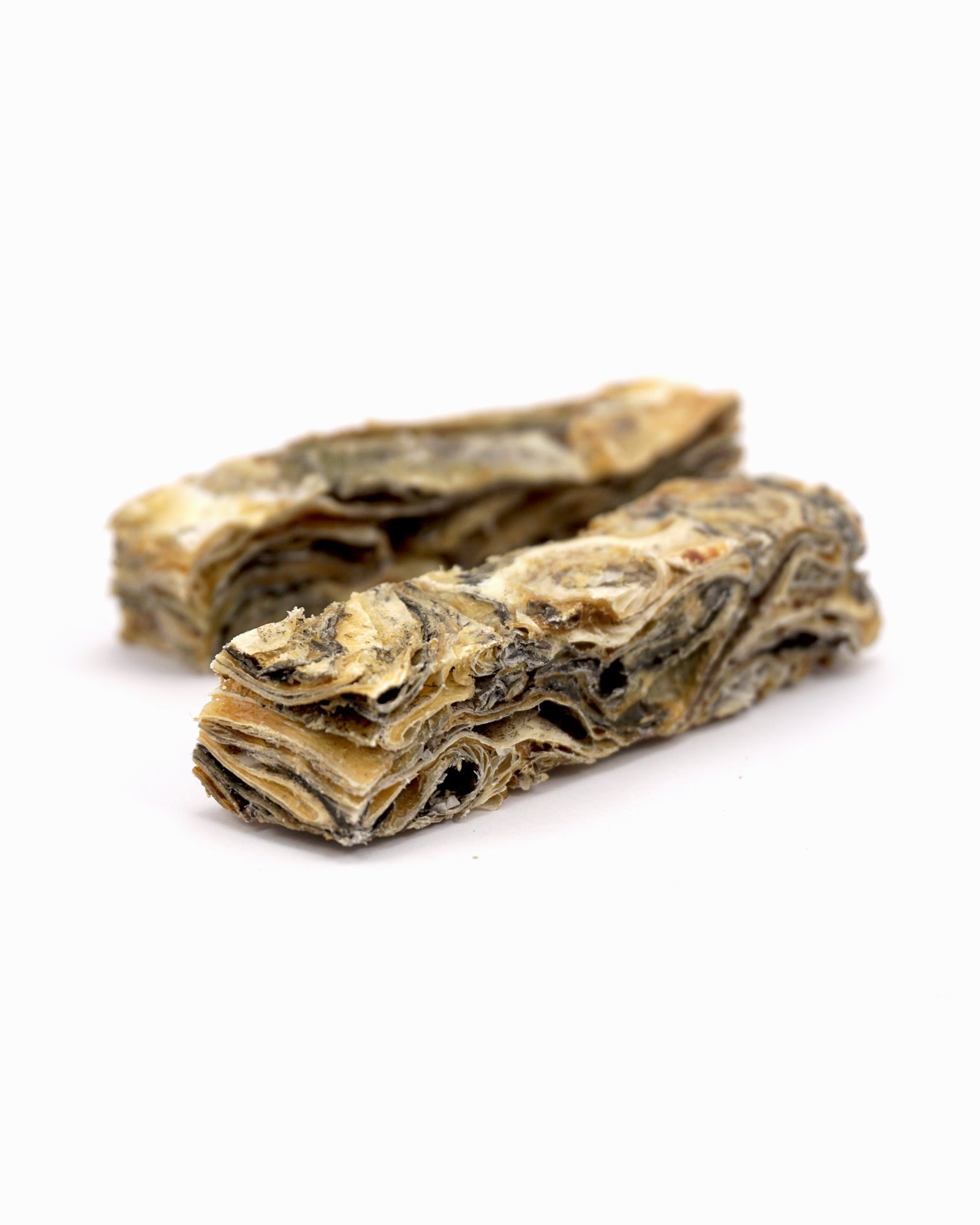Periodontal disease in dogs is a pervasive yet often overlooked health concern among pet owners. This condition, with its potentially serious consequences, affects your furry friend's dental health and overall well-being. It is important to understand the causes and symptoms of periodontal disease and the importance of regular dental care. By understanding the ins and outs of this prevalent issue, you can take proactive steps to safeguard your canine companion's oral health and ensure they lead a happy and healthy life. Join us as we explore the critical aspects of periodontal disease in dogs, uncover its impact, and learn how to prevent and manage this common condition. Your dog's radiant smile and vitality depend on it!
What is periodontal disease?
Your dog's oral health is essential for their overall well-being. Periodontal disease in dogs refers to the inflammation and infection of the tissues surrounding your dog's teeth. This condition can affect dogs of all ages and breeds, making it crucial to understand its causes, symptoms, and prevention.
Recent findings from a cross-sectional study estimating the prevalence of periodontal disease (PD) in a population of dogs revealed significant insights. The study highlighted a high prevalence of gingivitis or periodontal disease, with 86.3% of dogs affected. This aligns with previous research, indicating a similar prevalence in companion dogs.
Recognising the symptoms of periodontal disease in dogs
Spotting the symptoms of periodontal disease in dogs can help you take prompt action to ensure your pet's dental health. The following symptoms are indicative of this condition:

Discoloured teeth
Discoloured teeth in dogs, typically brown or yellow, are often indicative of dental plaque and tartar buildup. These accumulations can lead to gum inflammation and potential infection. Neglecting discoloured teeth may exacerbate periodontal disease and increase the risk of tooth loss.
Foul breath
Foul breath, or halitosis, is a prominent symptom of periodontal disease in dogs. Bacteria in the mouth release sulphur compounds, causing an unpleasant odour. Bad breath not only affects your dog's comfort but can also disrupt the bond between you and your pet. It serves as an essential indicator of underlying dental issues.
Reduced appetite and eating challenges
Dogs with periodontal disease may eat less due to oral pain and discomfort. Inflamed gums and dental problems can make chewing and swallowing difficult, leading to a reduced appetite. Over time, this can result in weight loss and nutritional deficiencies. It's crucial to continuously monitor your dog's eating habits and seek veterinary care if your dog has been eating less for an extended period of time. Treating periodontal disease can restore their appetite and improve their eating experience.
Difficulty holding food in their mouth
If your dog struggles to hold food in their mouth, it may indicate oral pain and dental issues. Periodontal disease can make chewing and food retention uncomfortable, leading to messy eating habits and frustration for your dog. Prolonged difficulty in holding food may result in weight loss and nutritional deficiencies. Addressing the underlying dental problems is essential to enhance their ability to eat comfortably and enjoy meals.
Bleeding gums
Bleeding gums are an early sign of gum inflammation and potential infection, often caused by factors such as gingivitis or trauma. You might notice bleeding during activities like chewing on toys or brushing. Plaque and tartar build-up can make your dog's gums more sensitive and prone to irritation. Promptly addressing bleeding gums is crucial, as it can progress to more severe periodontal disease. Not treating your dog's gum problems can lead to pain and tooth loss.
Excessive drooling
Excessive drooling, beyond your dog's normal behaviour, may be a response to oral discomfort caused by periodontal disease. This can lead to an increase in drooling. Whilst some drooling is typical, a significant change should prompt a dental examination to rule out dental issues. Addressing the underlying problem can provide relief for your dog and improve their overall comfort.
Irritability
Dogs with periodontal disease may become irritable, particularly when touching or examining their mouths. The pain and discomfort can result in behavioural changes, including growling or snapping when approached near their mouth. Recognising this change is essential, as it can be an early sign of dental problems and may also affect the dog-owner relationship.
Unexplained weight loss
Unexplained weight loss in your dog can be concerning, particularly when accompanied by symptoms like reduced appetite and difficulty eating. The discomfort caused by periodontal disease can lead to decreased food intake and, over time, result in weight loss. Additionally, oral inflammation affects overall well-being, potentially leading to a loss of body condition. Promptly investigate unexplained weight loss and seek veterinary care to address dental issues for your dog's health.
Common causes of periodontal disease in dogs
Periodontal disease in dogs can arise from various factors, often linked to insufficient oral care. Understanding these causes is crucial for proactive dental health management. Here are the primary contributors:

Plaque and tartar build-up
One of the leading causes of periodontal disease in dogs is the accumulation of plaque and tartar on your dog's teeth. Plaque is a sticky film composed of bacteria that naturally forms on the teeth. When plaque is not regularly removed through brushing or dental care, it can mineralise and harden into tartar, also known as dental calculus. Tartar accumulation along the gum line irritates the gums, leading to inflammation, gingivitis, and potential dental problems. Over time, untreated plaque and tartar build-up can progress to periodontal disease, causing pain, tooth loss, and systemic health issues in dogs.
Poor oral hygiene
Similar to humans, dogs rely on consistent oral hygiene practices to maintain their dental health. If you do not implement a proper oral care routine, such as regular teeth brushing or providing suitable chew toys and dental treats, it can significantly increase the risk of periodontal disease development.
Breed predisposition
Certain dog breeds are more prone to periodontal disease due to differences in their dental anatomy, such as factors like jaw structure, tooth alignment, or genetic predisposition. A study published by J Small Animal Practice found that certain breeds exhibit higher odds of periodontal disease than crossbred dogs. The study, which included a random sample of 22,333 dogs, revealed that breeds such as the Toy Poodle, King Charles Spaniel, Greyhound, and Cavalier King Charles Spaniel had significantly increased odds of periodontal disease. Contrarily, some breeds showed reduced odds compared to crossbreds.
Age
As dogs grow older, they naturally become more vulnerable to a range of health issues, including dental problems. Ageing can contribute to conditions such as tooth decay, gum disease, and other oral health issues. It emphasises the importance of being vigilant about your ageing dog's oral health needs.
Diet
Diet can impact your dog's oral health. Providing your dog with a well-balanced diet that includes dental-friendly foods and treats can help reduce the risk of periodontal disease. Avoiding sugary treats and providing natural dental chews can also promote dental health.
Genetics
Genetics play a significant role in determining your dog's vulnerability to dental issues. Certain dogs may inherit dental problems from their parents, increasing their susceptibility to conditions like periodontal disease. Understanding your dog's genetic background can provide insights into potential dental health risks and guide proactive measures to mitigate them.
Health conditions
Underlying health conditions, such as diabetes or immune system disorders, can impact your dog's oral health and increase the risk of periodontal disease. It's essential to address any underlying health issues promptly and work closely with your veterinarian to manage your dog's overall well-being.
How is periodontal disease in dogs treated?
Effective treatment of periodontal disease is essential to ensure your dog's well-being and alleviate discomfort. Here are the primary approaches to managing this condition:

Professional dental cleaning
Professional dental cleaning, performed by your veterinarian, is a fundamental step in treating periodontal disease in dogs. During this procedure, your vet focuses on removing tartar, plaque, and bacteria from the visible surfaces of your dog's teeth. This thorough cleaning targets the build-up of debris on the tooth surfaces and helps prevent further gum inflammation and dental decay. It's an essential step in maintaining your dog's oral health and preventing the progression of periodontal disease.
Deep scaling
Deep scaling goes beyond the surface cleaning of professional dental cleaning to address more advanced stages of periodontal disease. During deep scaling, your veterinarian cleans below the gum line, reaching areas where tartar and plaque have accumulated and caused gum inflammation and periodontal damage. This procedure is particularly beneficial for removing stubborn deposits and preventing the progression of the disease to more severe stages. Deep scaling is essential for restoring your dog's oral health and ensuring long-term dental wellness.
Extractions
In severe cases of periodontal disease, where the damage to the teeth and surrounding tissues is extensive, extractions may be unavoidable. Extracting severely affected teeth is crucial to alleviating your dog's pain and discomfort and preventing the spread of infection. Your veterinarian will carefully evaluate the extent of dental damage and recommend extractions if necessary. Whilst extractions may seem daunting, they are essential for restoring your dog's oral health and preventing further complications associated with advanced periodontal disease.
Preventing periodontal disease in dogs
Prevention is vital when it comes to your dog's oral health. By taking proactive measures, you can help protect your furry friend from periodontal disease. Here are some essential steps to follow:

Brush your dog's teeth
Regularly brushing your dog's teeth is one of the most effective ways to prevent periodontal disease. Use a dog-specific toothbrush and toothpaste recommended by your veterinarian. Aim to brush your dog's teeth at least 2-3 times a week to remove plaque and prevent tartar build-up. Be sure to inspect your dog's mouth during brushing sessions for any signs of gum disease, such as redness, swelling, or persistent bad breath.
Detecting trouble early
Regularly inspecting your dog's mouth for signs of trouble is crucial for early detection of periodontal disease. Look for symptoms like tartar build-up, red or swollen gums, and bad breath. If you notice any abnormalities, consult your veterinarian promptly for a dental examination. Early intervention can prevent the progression of periodontal disease and preserve your dog's oral health.
Dental chews
Providing your dog with dental chews is another excellent way to promote oral hygiene and prevent periodontal disease in dogs. Dental chews are specifically designed to help clean your dog's teeth and massage their gums whilst they chew. Incorporating dental chews into your dog's daily routine can complement regular brushing and improve their overall dental health.
Skipper's dental chew to help prevent periodontal disease in dogs
Skipper's dental chews are made from 100% air-dried fish skin, predominantly Cod or Wolfish. These treats offer a natural and nutritious way to support your dog's oral care routine. With their tantalising taste and low-fat content, these chews are not only a delight to your dog's taste buds but also a guilt-free indulgence, showing your commitment to your dog's overall health.
The durability of these chews allows for a long chewing experience that your dog will love. Paired with the rough texture, Skipper's dental chews gently scrape away at plaque and tartar with each treat.
But don't just take our word for it. Join thousands of satisfied customers who have witnessed remarkable results in as little as two weeks!
- Skipper's Fish Finger Skins
- Skipper's Fish Skin Twists
- Skipper's Fish Skin Flatties




